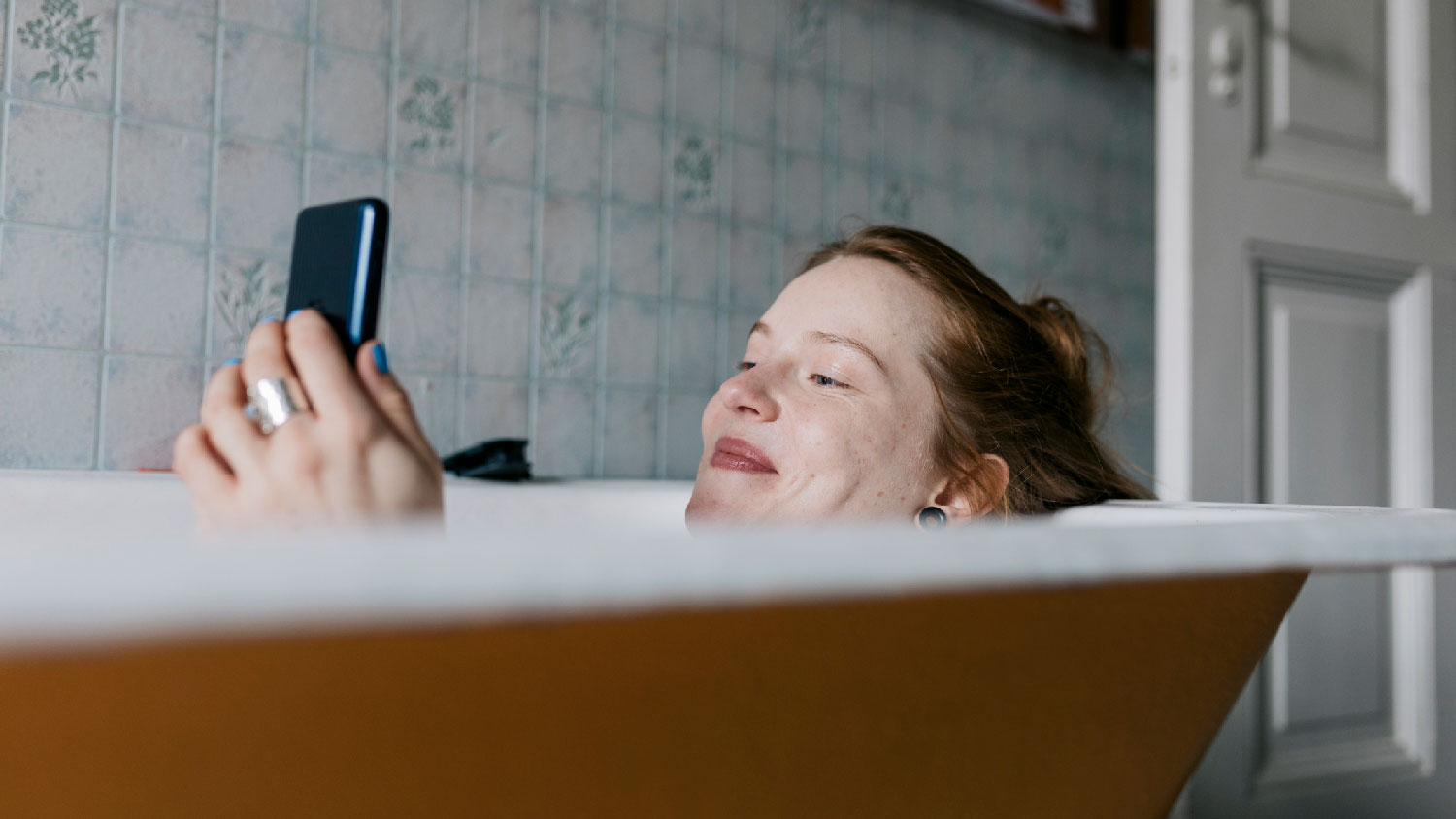
Discover the leading factors affecting your main water line replacement cost in Columbus, including length, material selection, and installation details.
Don’t let a DIY fix go down the drain


If your bathtub isn’t draining, it’s usually due to a clog somewhere in the system.
Hair and soap scum are the most common causes, but hardware can play a role.
Damaged piping or a damaged stopper can also hamper drainage.
Warning signs include slow draining, gurgling, and water backing up in other fixtures.
A bathtub that won’t drain is not only annoying, but can leave messy residue on the tub. If you’ve got this ultra-common issue, there’s usually a simple cause. It has to do with your pipes—or more specifically, what’s in them. Here are five reasons your bathtub is not draining and how to fix it.
The most common reason a bathtub won’t drain is because a buildup of soap scum and hair blocks the drain pipe. These materials are small enough to slip through most tub strainers and can get stuck in the drain’s trap.
Remove the drain cover, and clear away any hair caught around the stopper. For a clog that’s lower in the drain, use a hair snake to pull out the hair. Some people prefer liquid drain cleaners, but these chemicals are not always recommended and can damage pipes if used improperly.

Small foreign objects can accidentally fall down the drain and block the flow of water. This could include things like jewelry, dental floss, toilet paper, or children’s toys. Most of the time, they’ll get stuck in the trap.
You may be able to retrieve the foreign object with a drain snake, but you could accidentally push it further into your plumbing. Consider calling a plumber.
A drain stopper can get jammed in the closed position, completely blocking the drain. If your tub uses a trip lever to open and close the drain, the components can corrode or break.
You may need to replace the stopper or repair the trip lever. You should be able to fix the broken component yourself, but it should be a quick job for the plumber.
If you live in an area with hard water, a buildup of minerals such as calcium can accumulate on your pipes. This can make the diameter more narrow, causing them to drain very slowly.
You’ll need to treat hard water to get rid of the underlying issue. You can break up the calcium buildup by pouring a mixture of baking soda and white vinegar down the drain. Use the 1:1 ratio for the solution, ideally ½ of each. Wait 30 minutes, then rinse with boiling water. To prevent the issue from recurring, install a water softener.

When old metal pipes corrode, a buildup of rust can restrict the flow of water. Pipes, especially sewer pipes, can collapse. This typically happens from age, tree roots, improper installation, or excess weight on top of the piping system. If that’s the case, you’ll have drainage issues throughout your home.
Unless you have serious DIY renovation skills, fixing damaged pipes is a job for a pro and you’ll need to hire a plumber.
You don’t need to wait for your tub to stop draining to recognize that a clog is in the making. Other signs include the following:
Water backing up in other fixtures
Gurgling noises or bubbles as your tub drains
Mold or mildew smell coming from the drain (if it’s a blockage of hair)
Sewer gas odor (if it’s a blockage deeper in your system)
Standing water
Visible debris like hair around the stopper
Most of the time, a bathtub won’t drain because of a hair clog. Homeowners can typically unclog a bathtub using a hair snake or a chemical cleaner, both of which can be purchased at a local hardware store or supermarket. Keep in mind, drain cleaners are corrosive and can damage pipes and irritate your skin if they spill. If these solutions don’t resolve the clogging issue, hire a local plumbing repair pro.
Once you remove the clog in your bathtub, you’ll want to prevent clogs in the future. The best way is to install a drain protector. If hair is a repeated issue, make sure you get one with small slats that will effectively catch the hair. Larger slats will allow hair to pass through.
Other ways to prevent bathtub drainage issues include:
Clean your drain regularly
Remove the drain cover and clear out visible debris once a week
Install a water softener if your house has hard water
Make prompt repairs
Be mindful of what you wash down the drain
From average costs to expert advice, get all the answers you need to get your job done.

Discover the leading factors affecting your main water line replacement cost in Columbus, including length, material selection, and installation details.

Learn about main water line repair costs in Columbus and what affects pricing to be prepared before you start getting estimates.

Learn how much plumbers cost in Columbus, Ohio. Discover pricing for faucet repairs, pipe work, and emergency services, plus how you can save money.

The water main line is essential to your home’s plumbing. Over time, it can develop wear or damage. Find out how much a main water line replacement costs here.

Accidents can cause your sewer pipe cap to break. While fixing it is essential, don’t jump right in. This guide will prepare you with must-know tips.

Installing a new kitchen sink involves removing the old sink and putting in the new one. Follow these steps to learn how to install a kitchen sink like a pro.